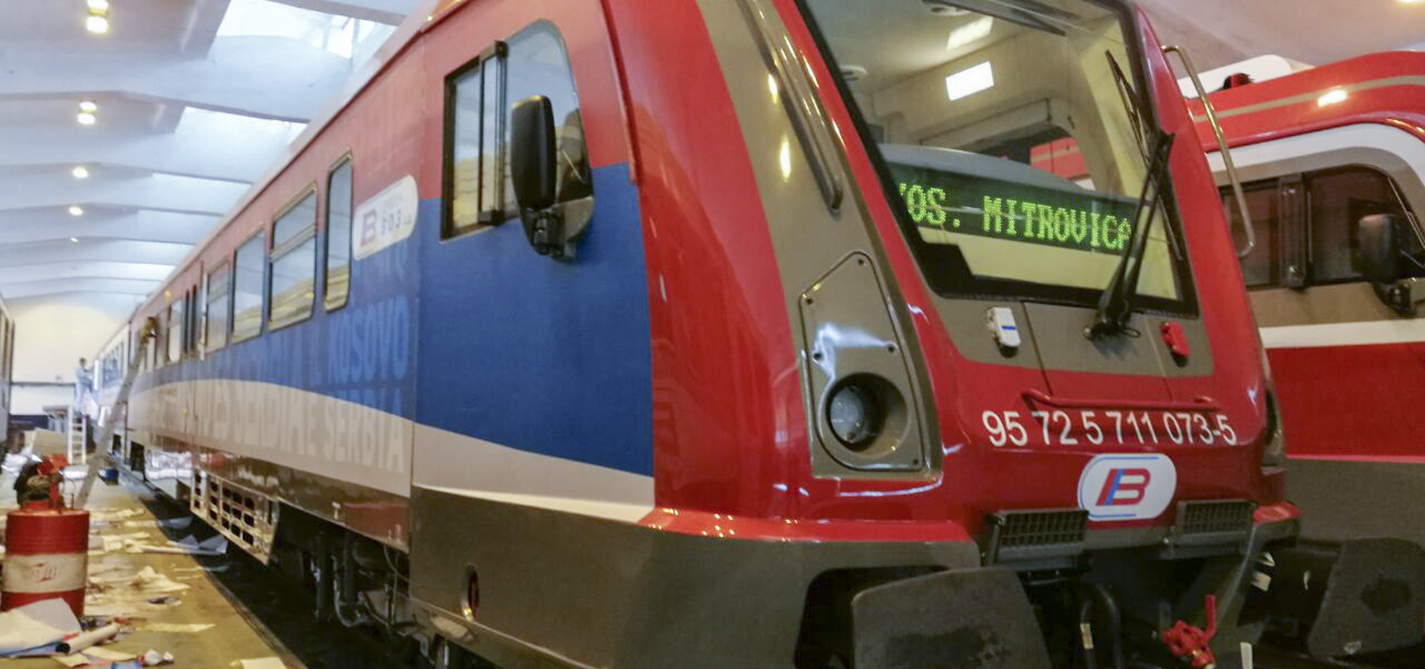
A drive to Serbia’s election campaign
In Belgrade, the controversial train has been met with plenty of scepticism.
|2017.01.20
|
Re-routed

Bojan Cvejić
Bojan Cvejic is a K2.0 correspondent from Serbia. He has a master’s degree in journalism from the Belgrade Faculty of Political Sciences. He is a journalist at Danas Daily and a member of the executive board of the Independent Journalists Association of Serbia.
This story was originally written in Serbian.